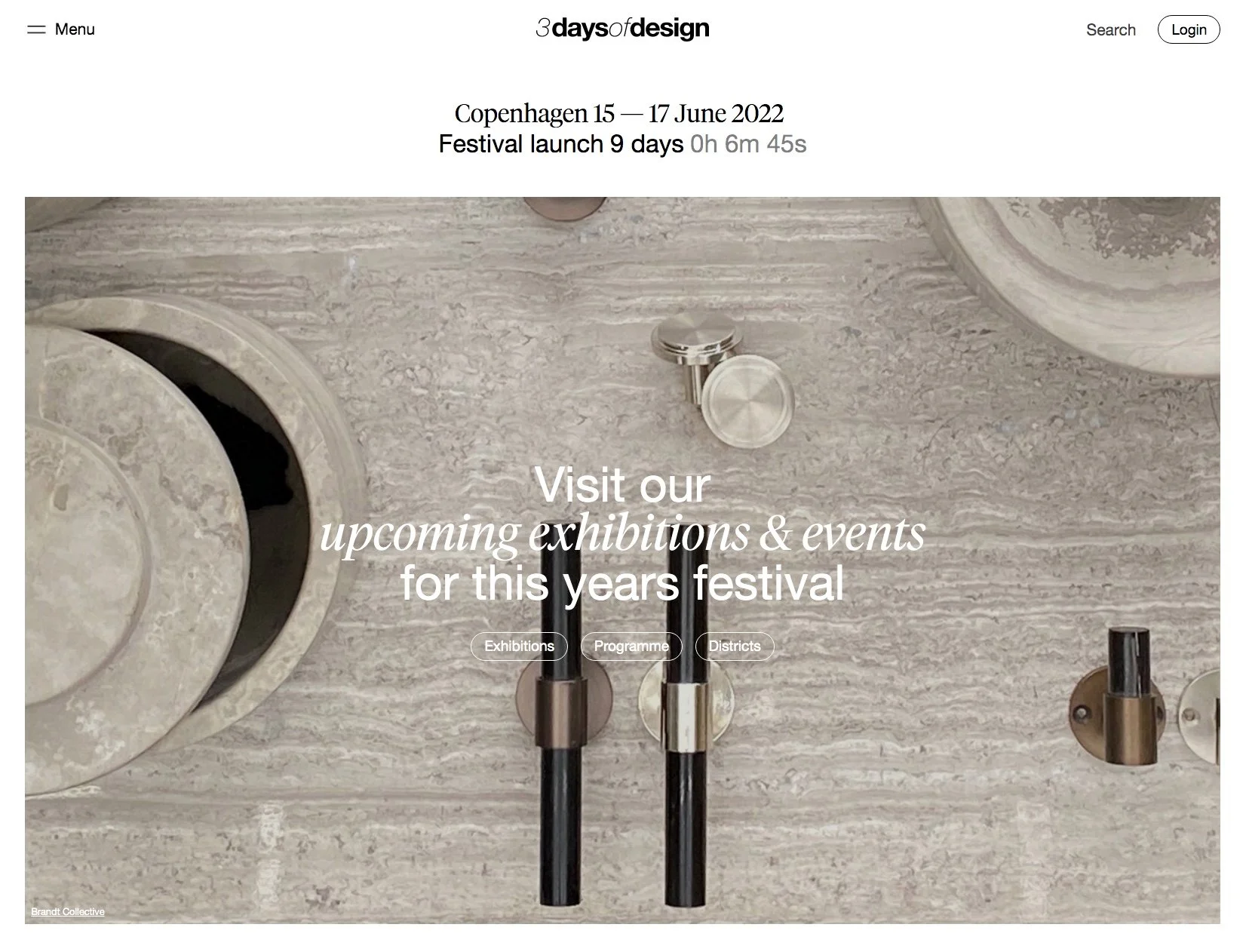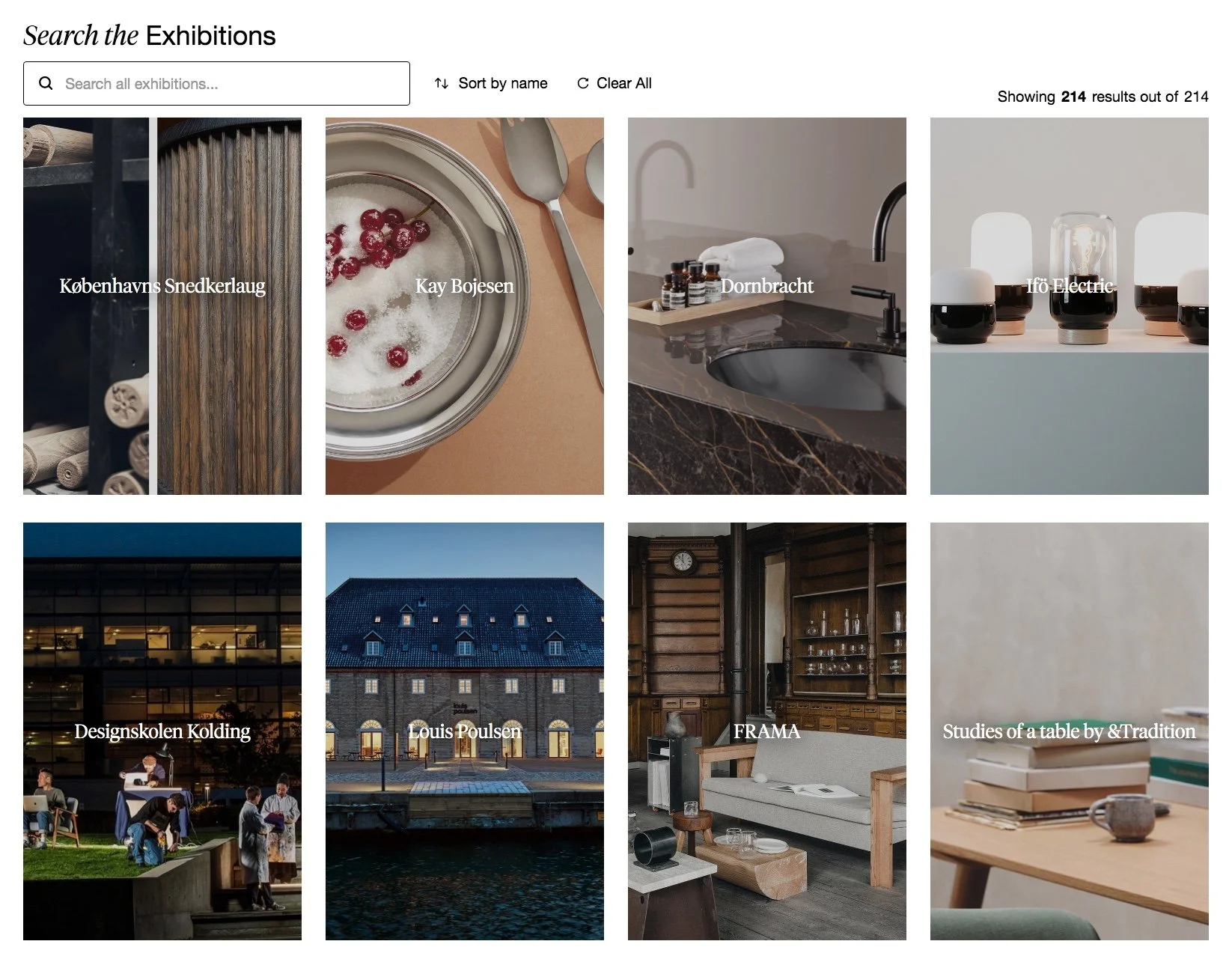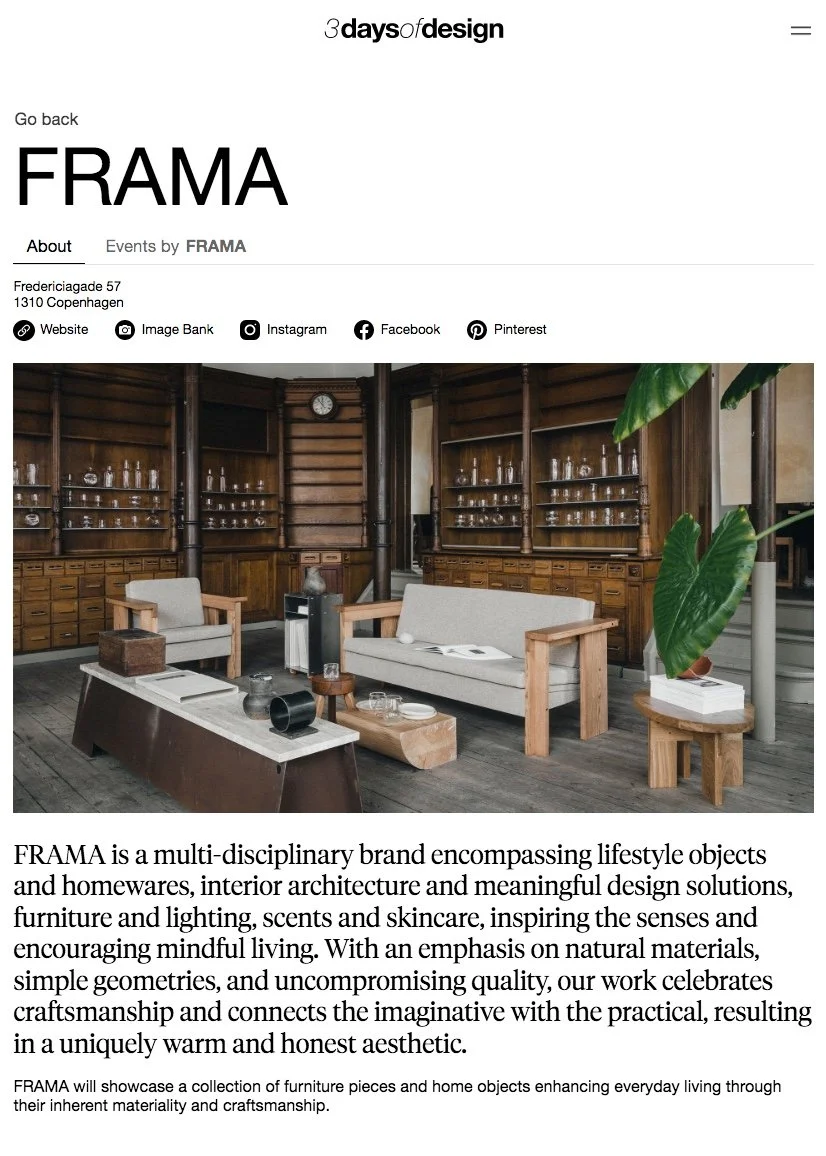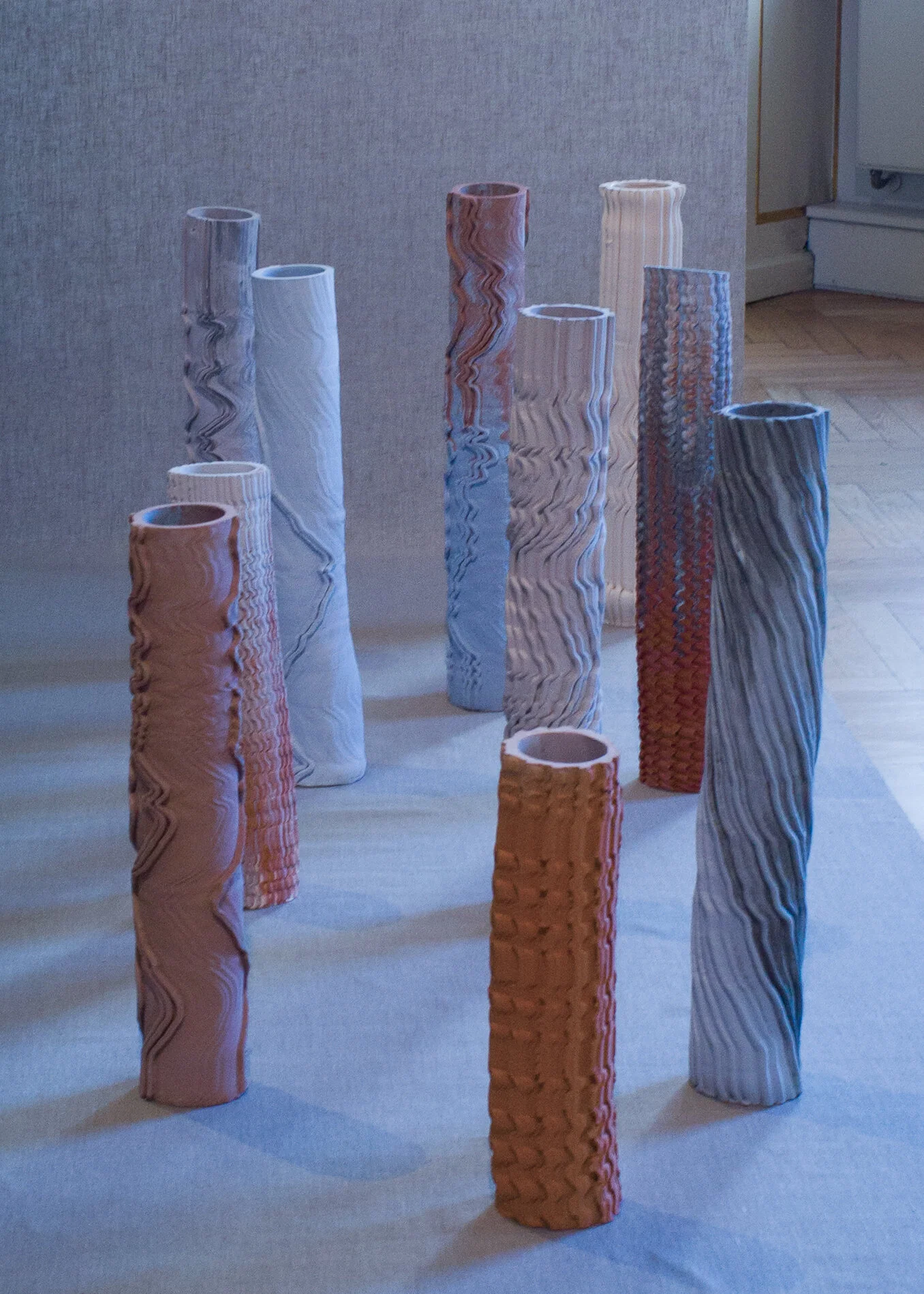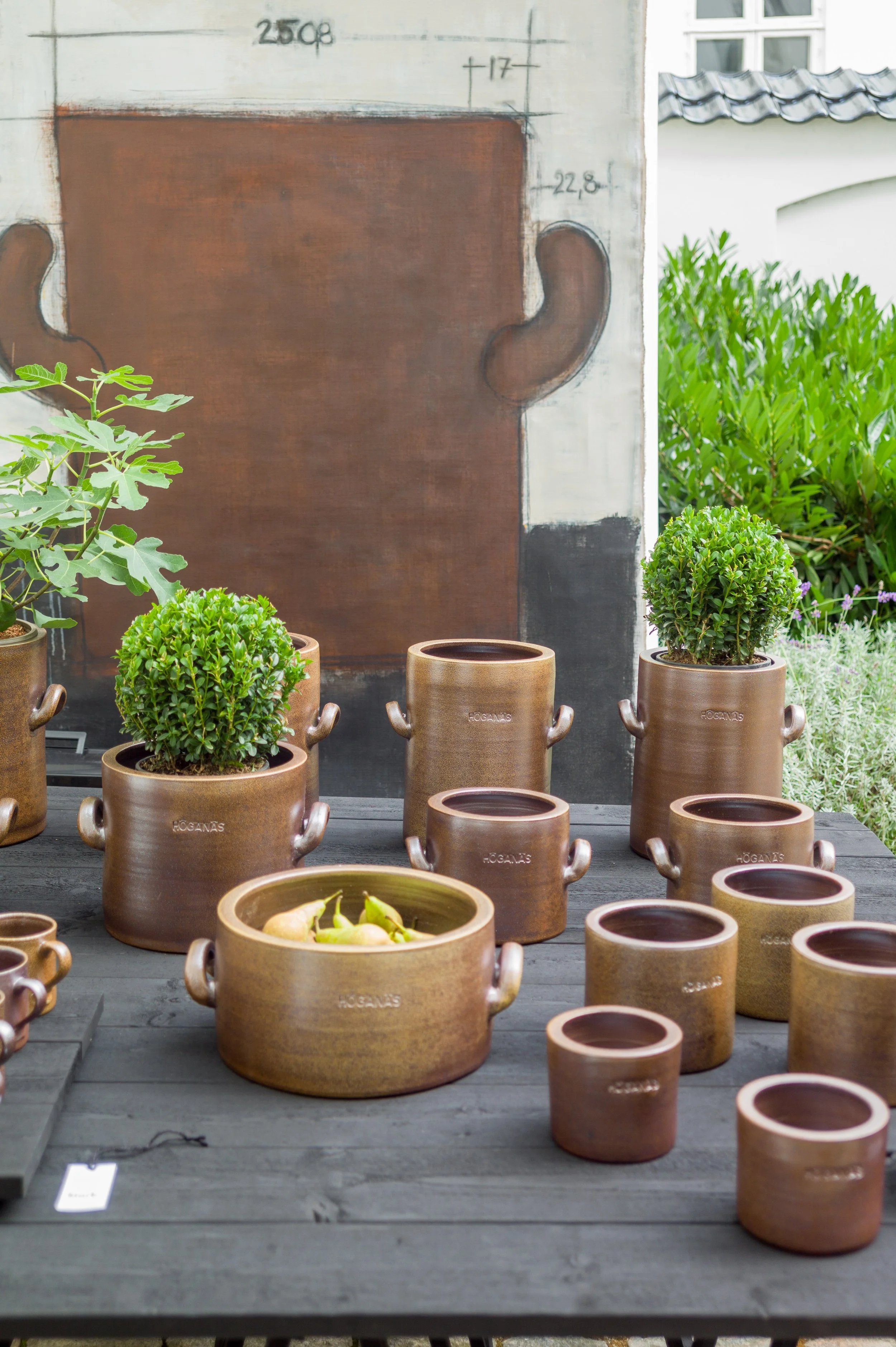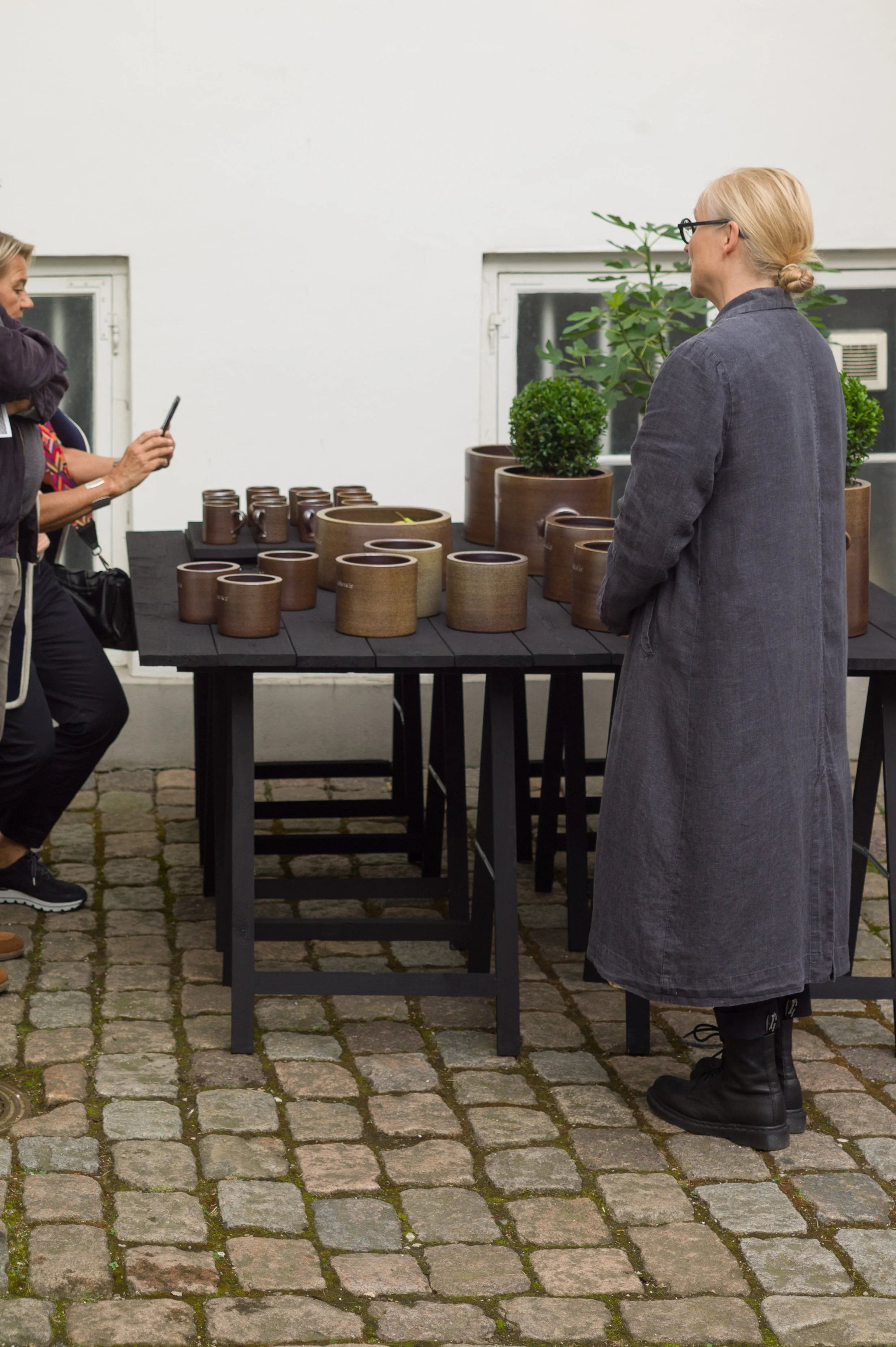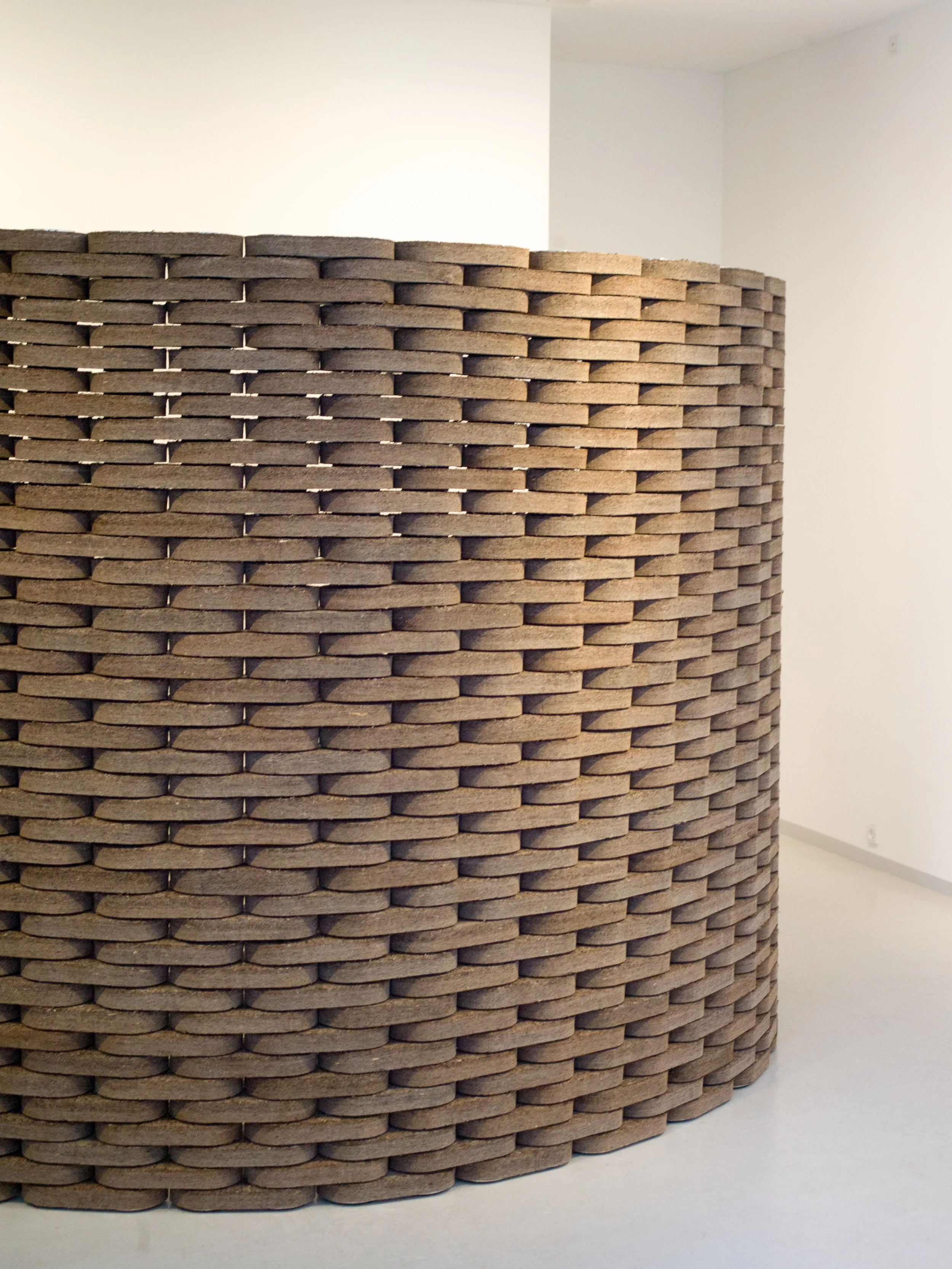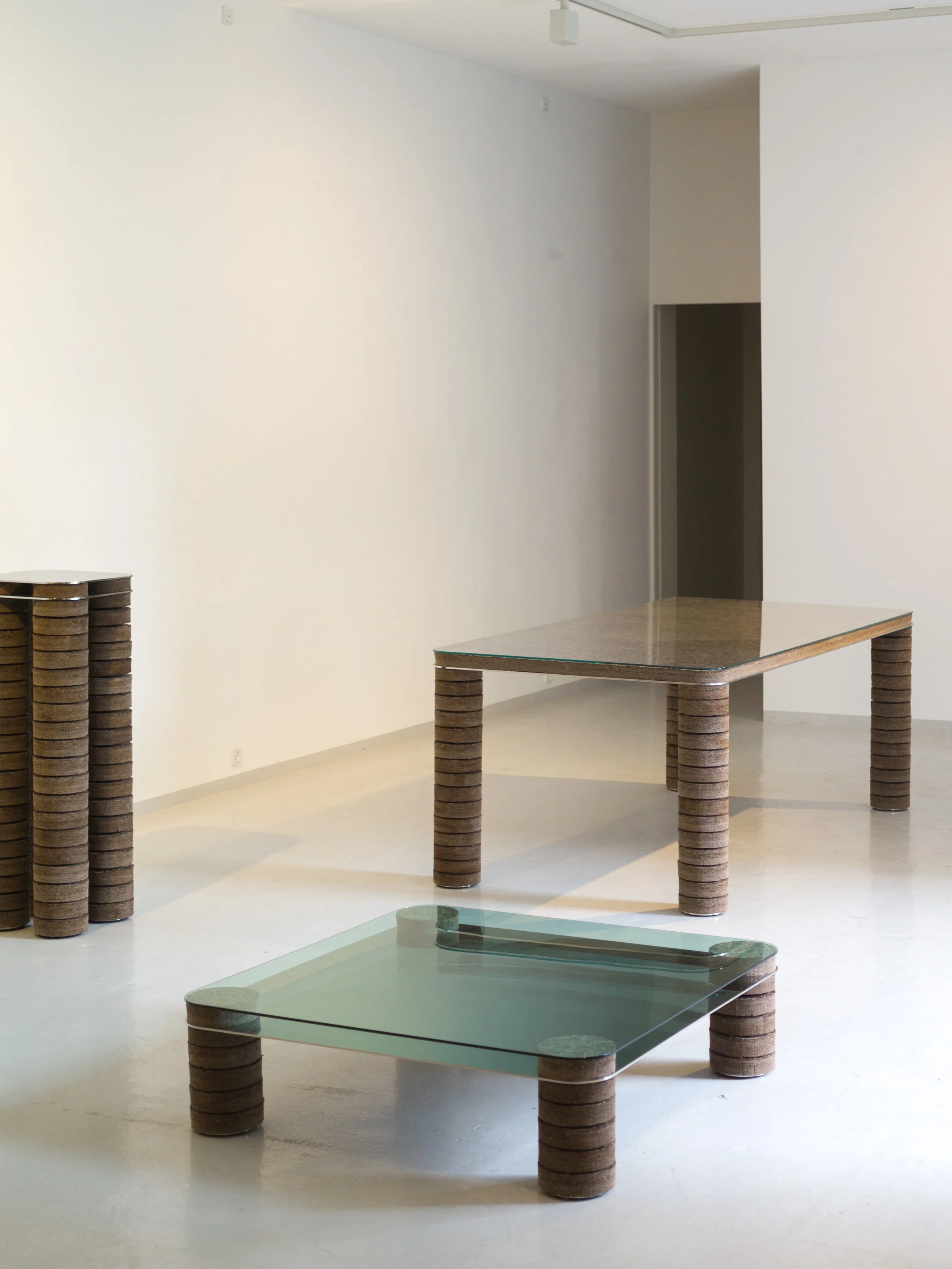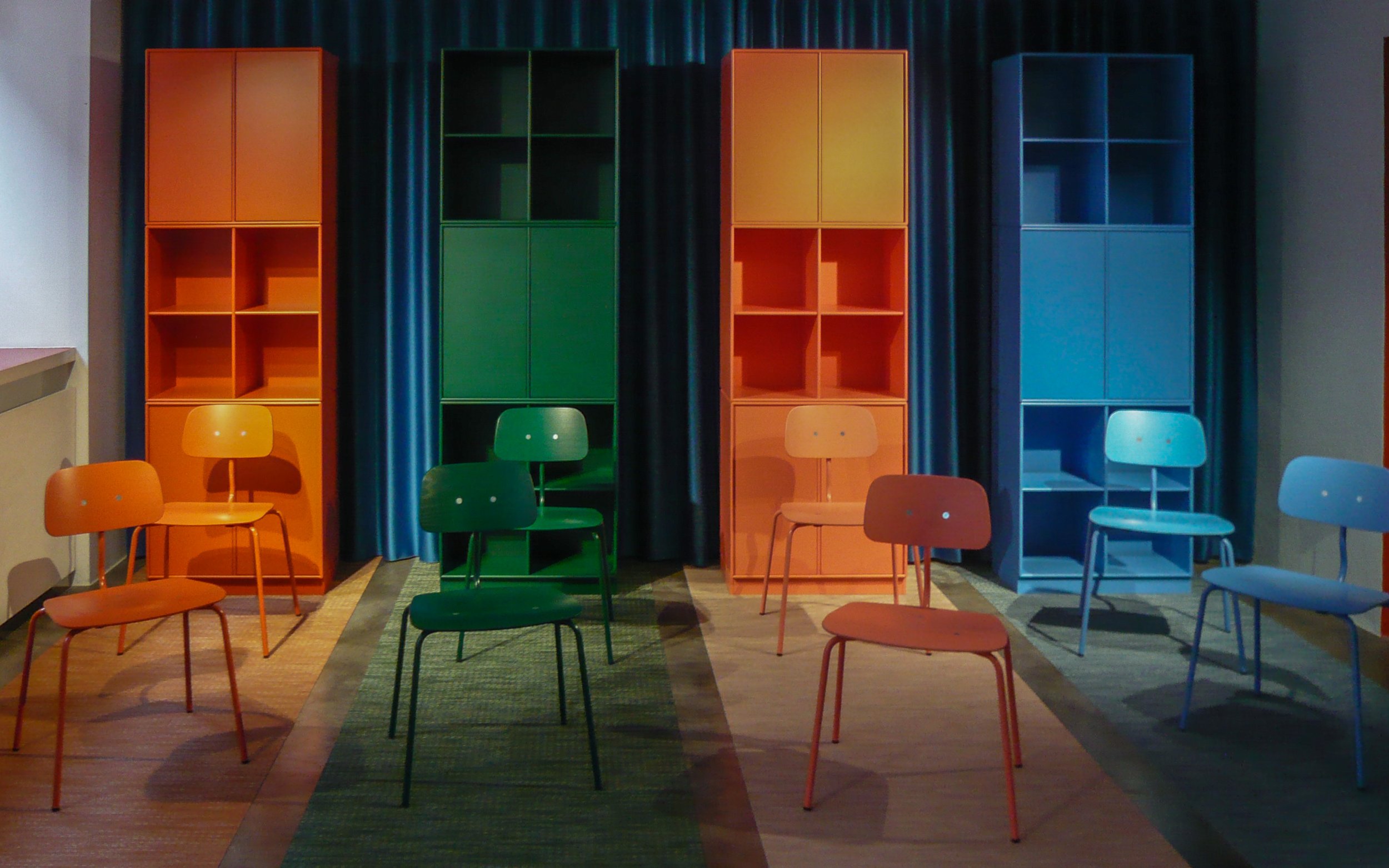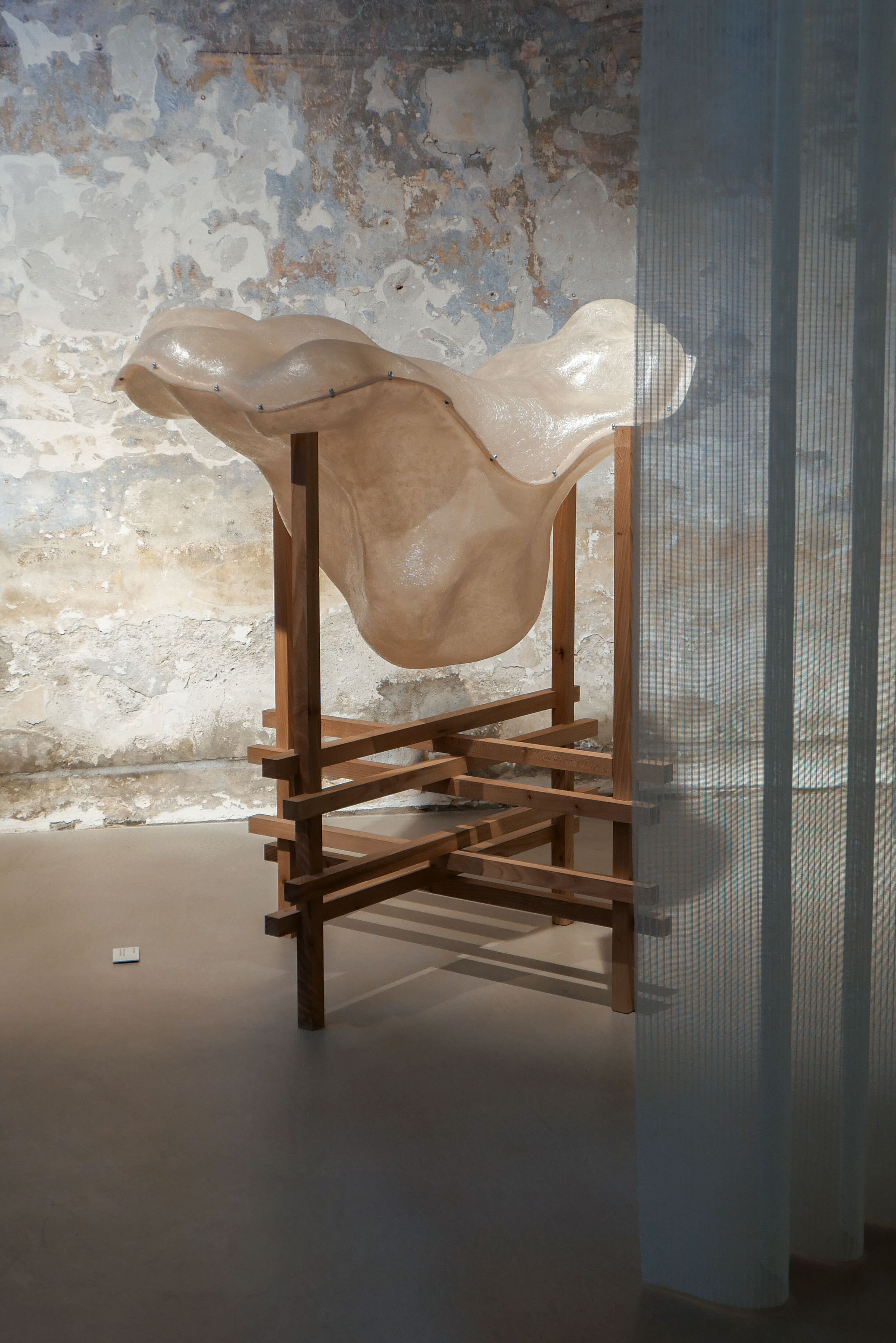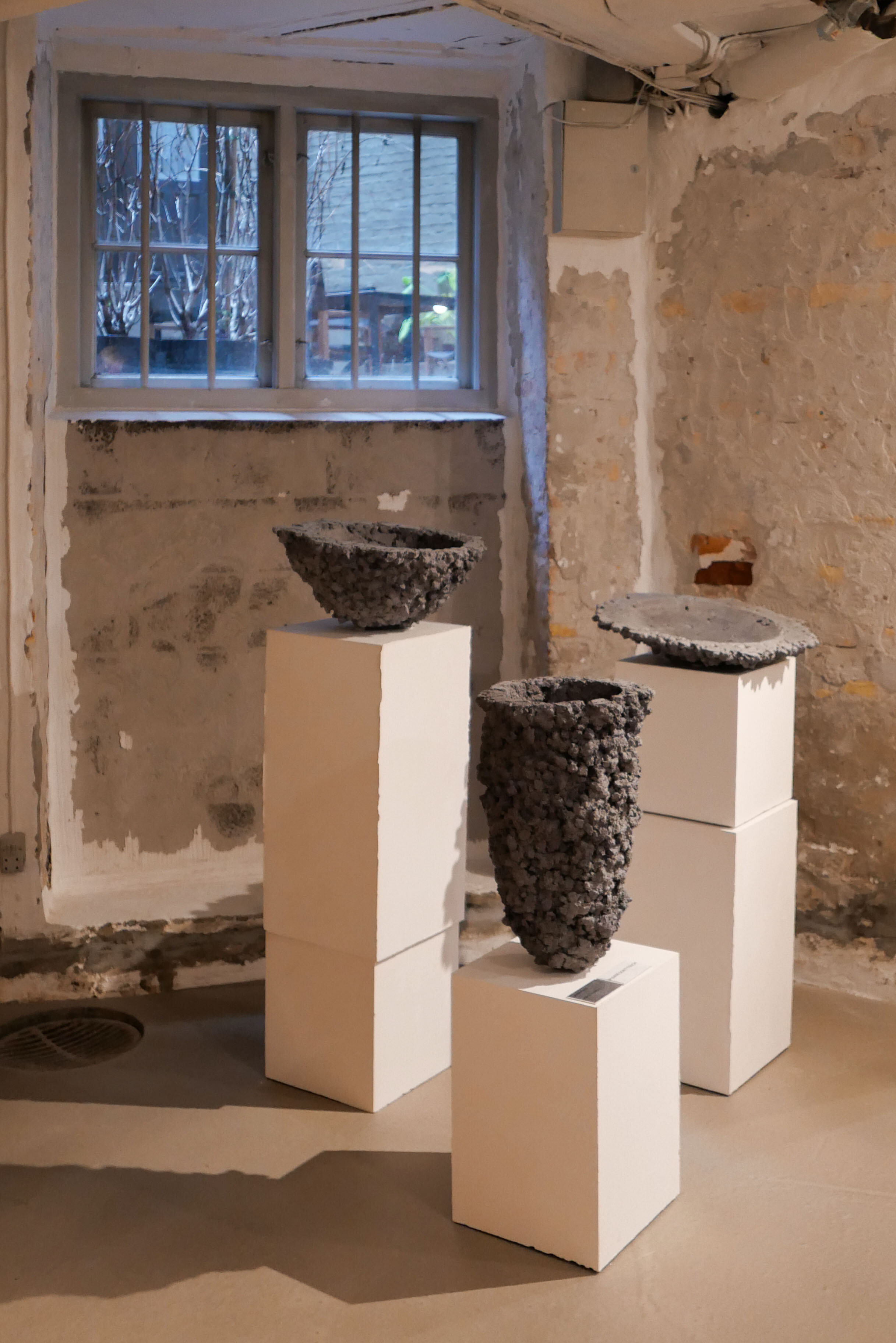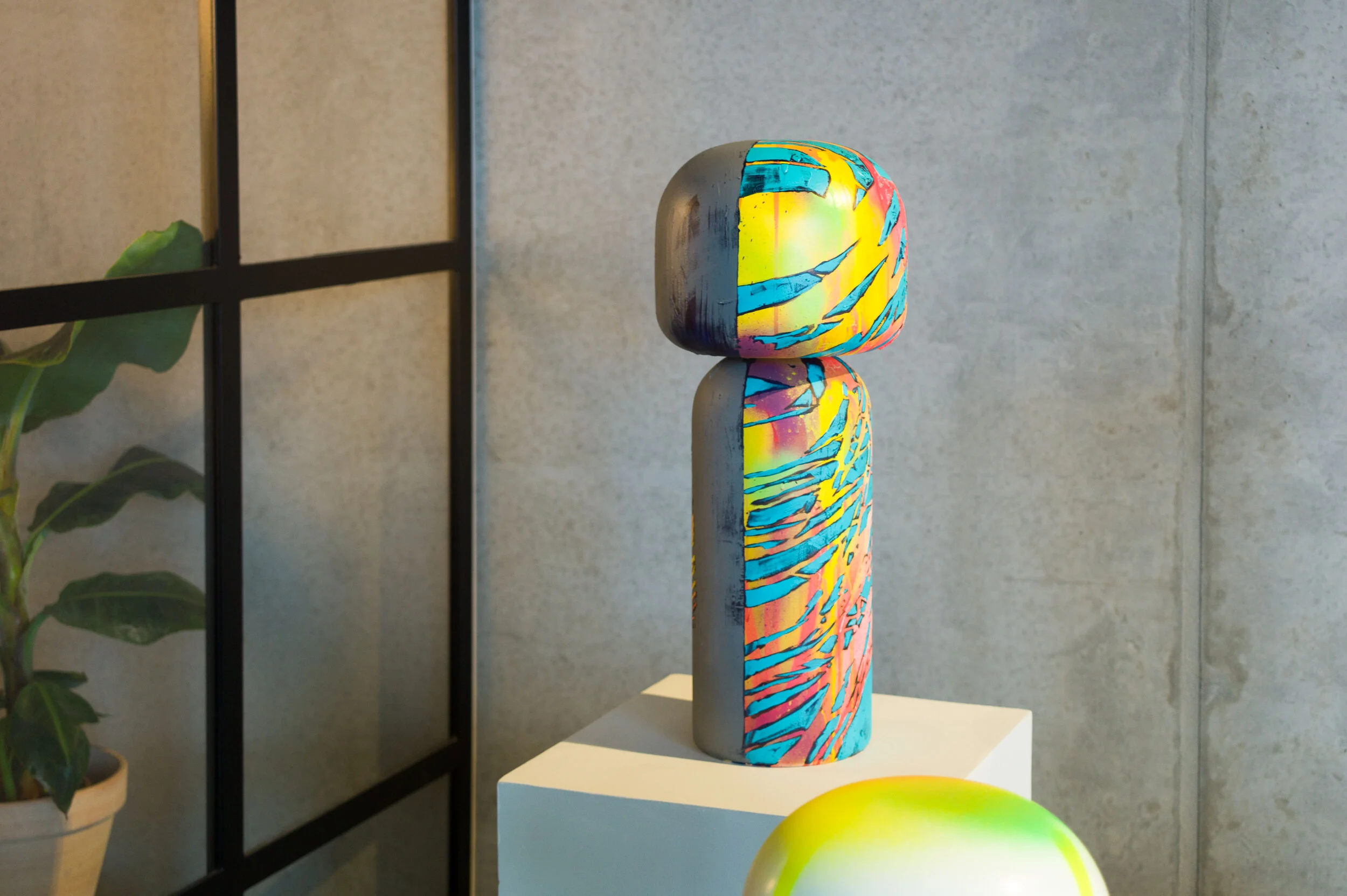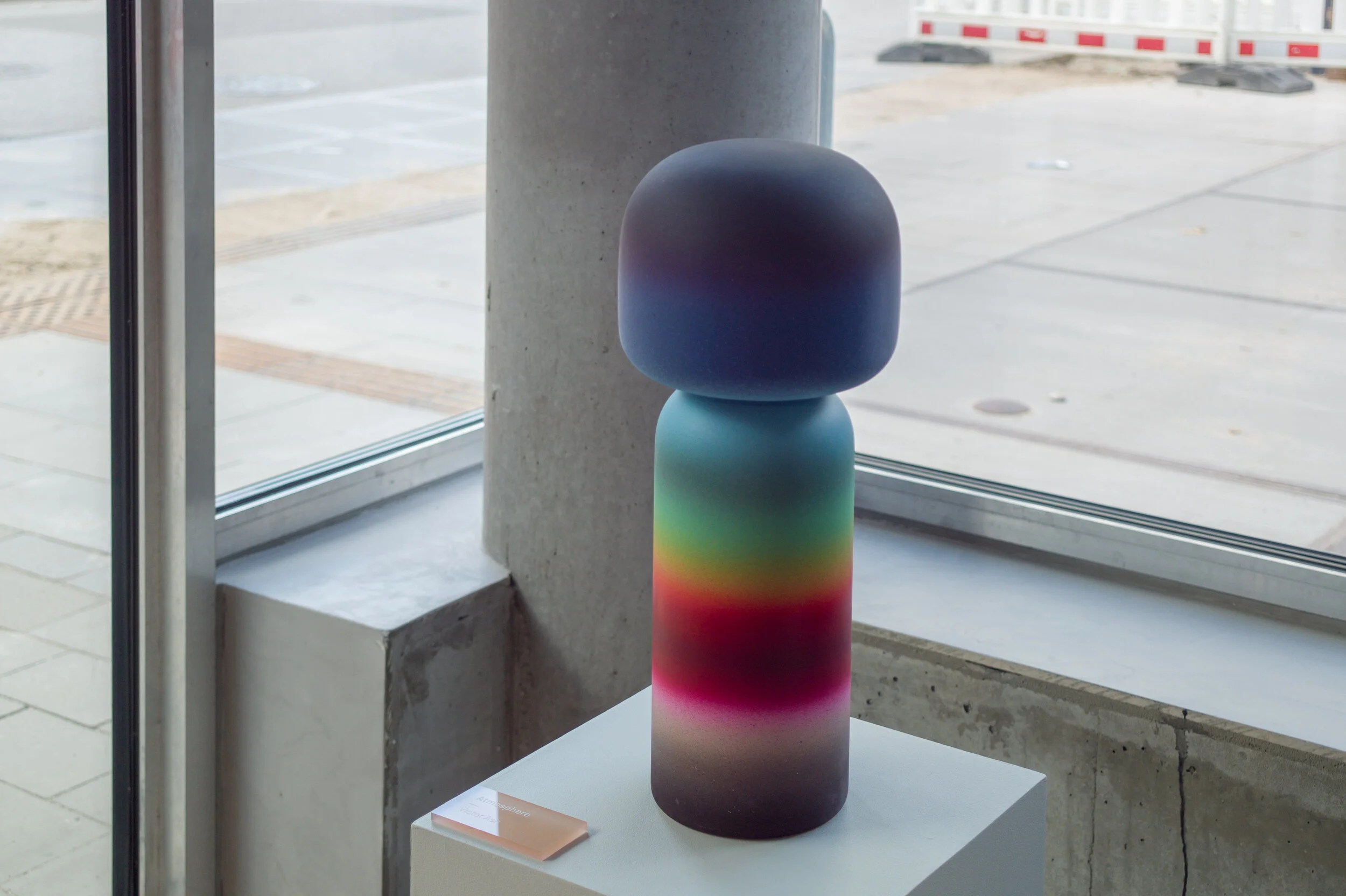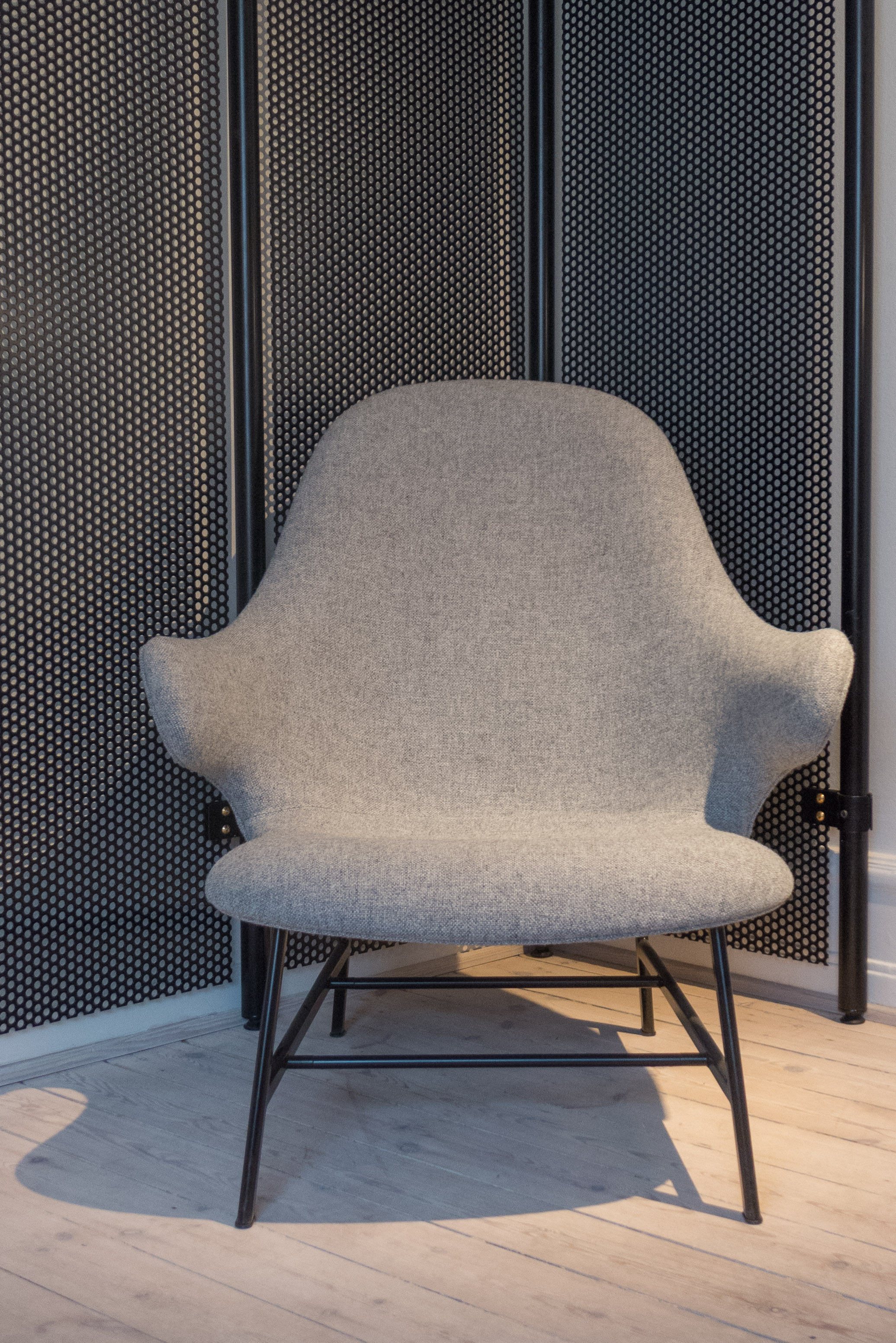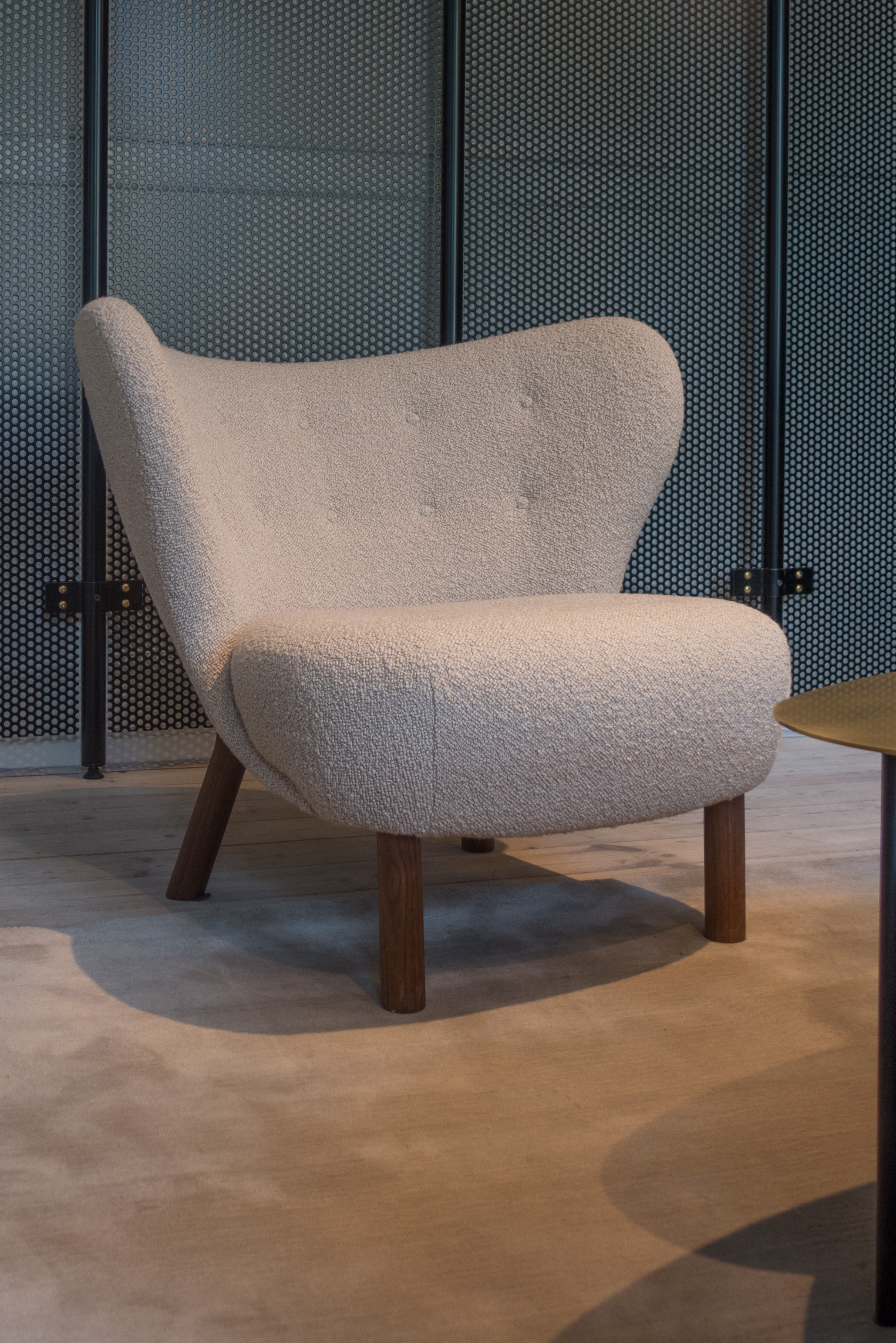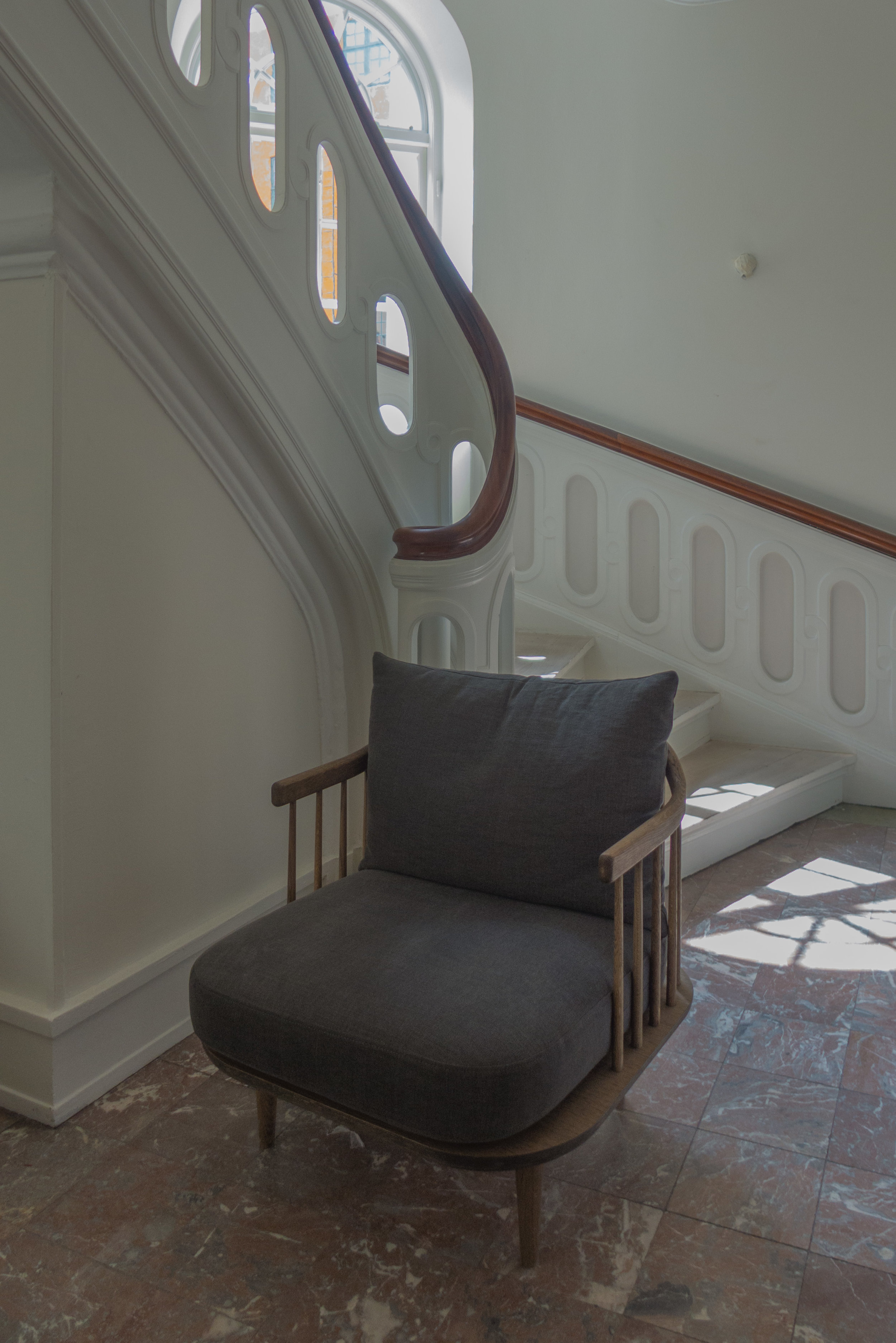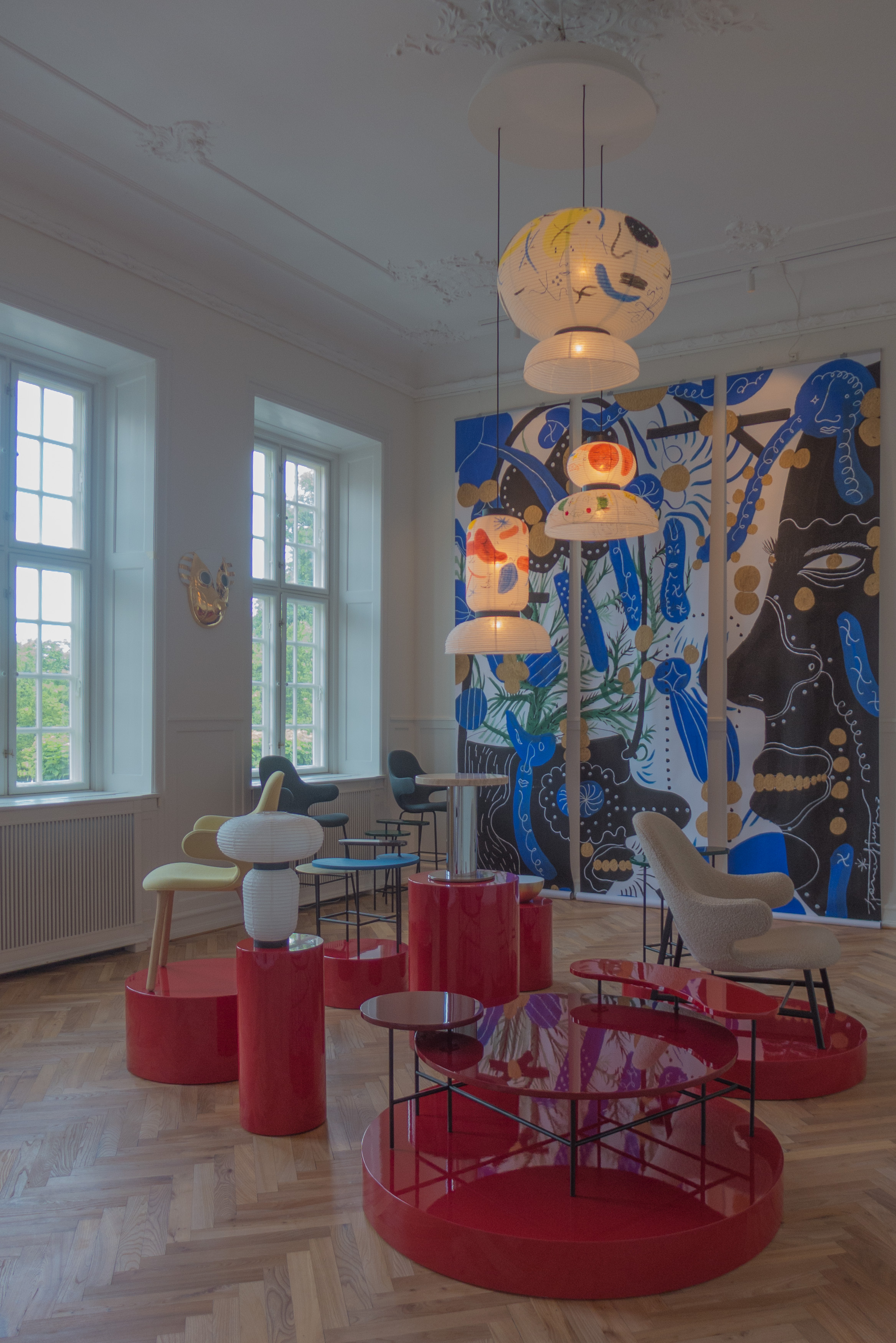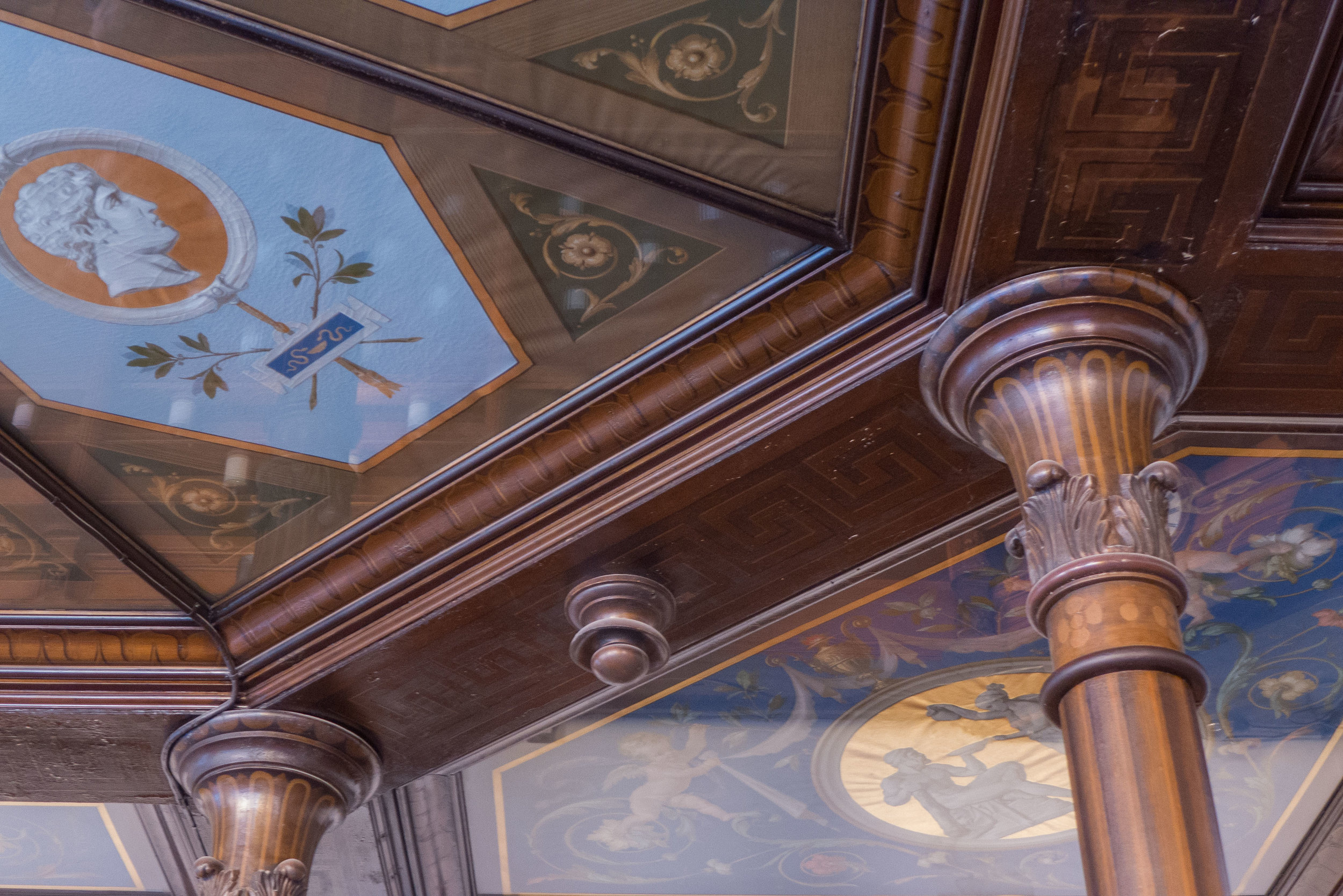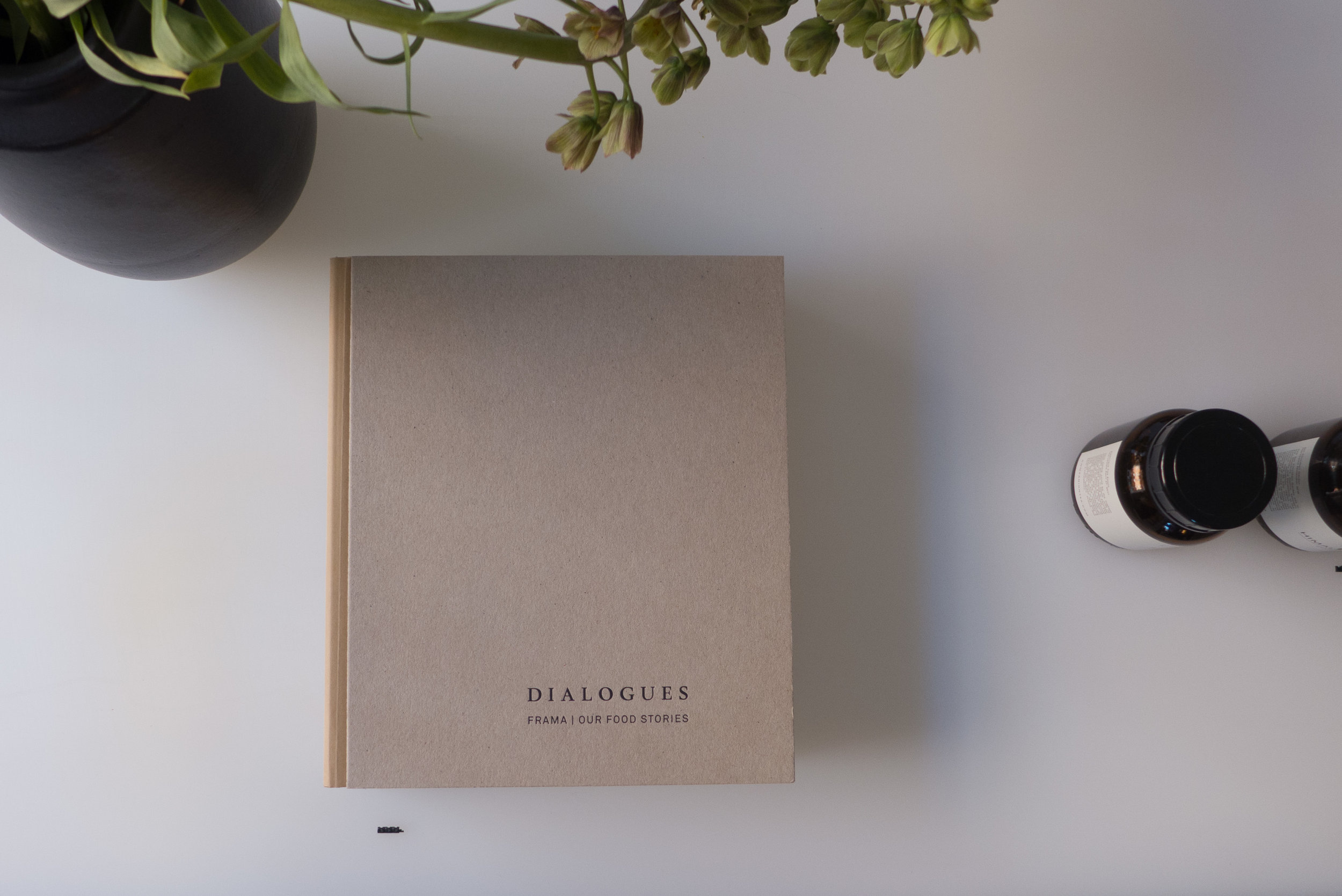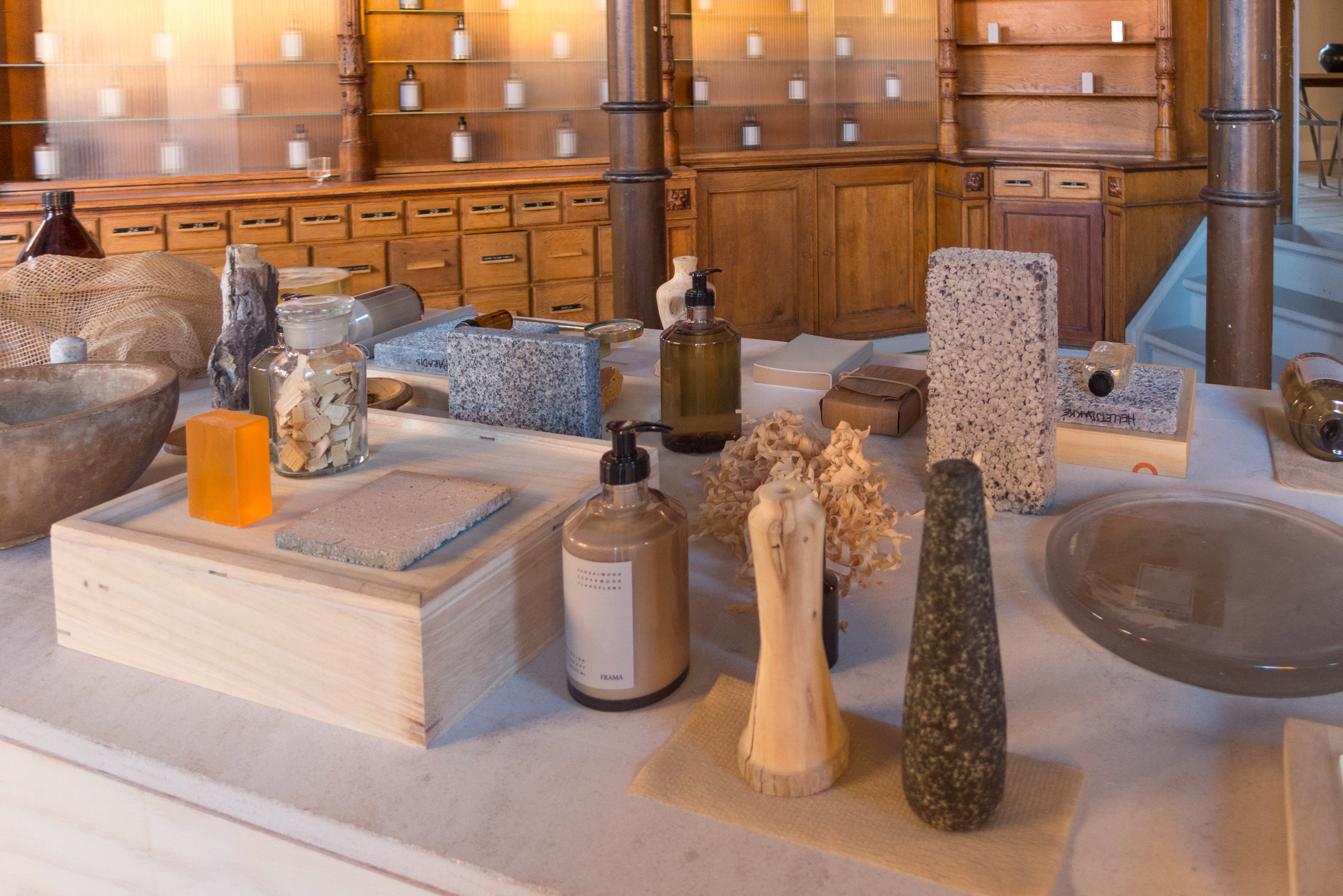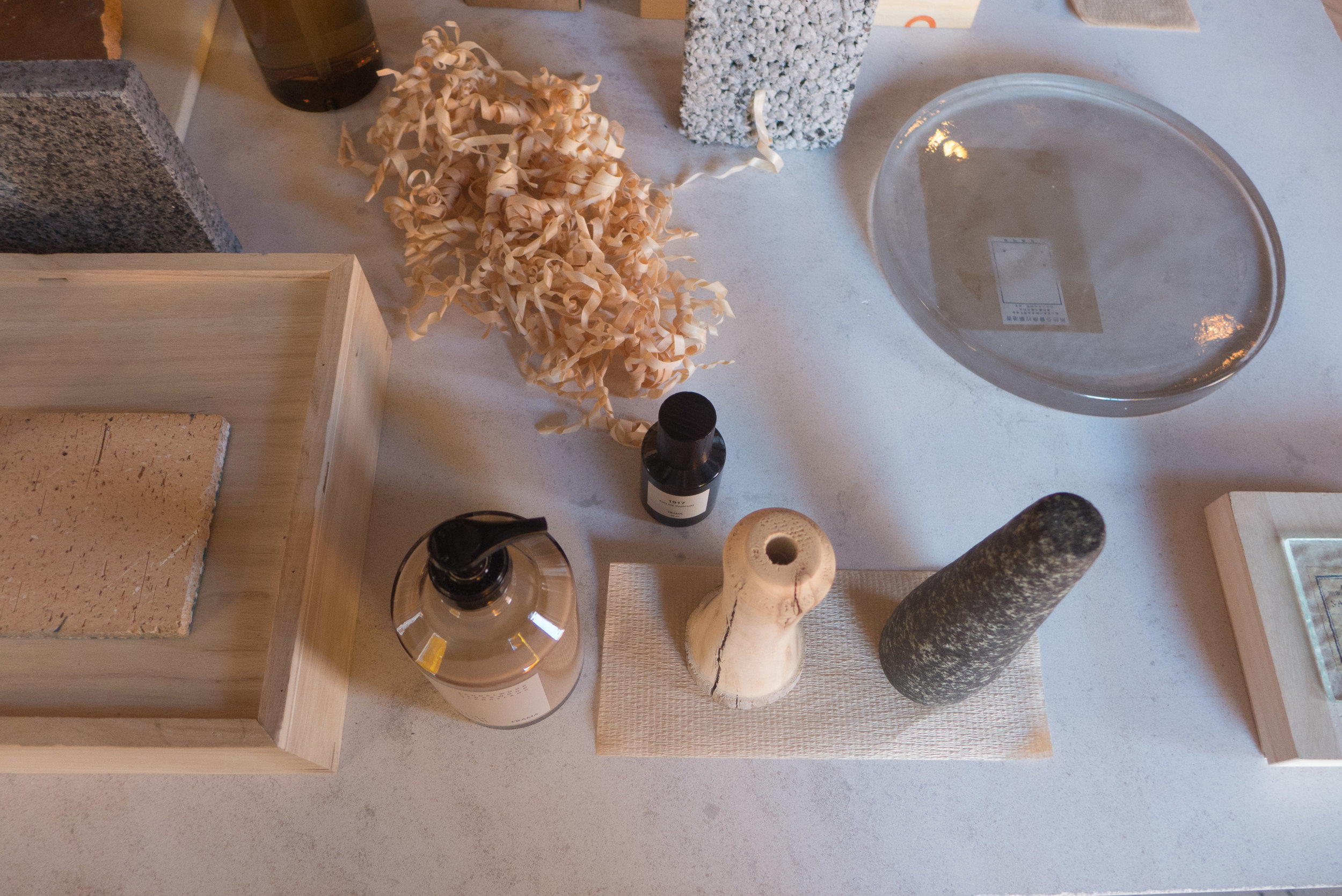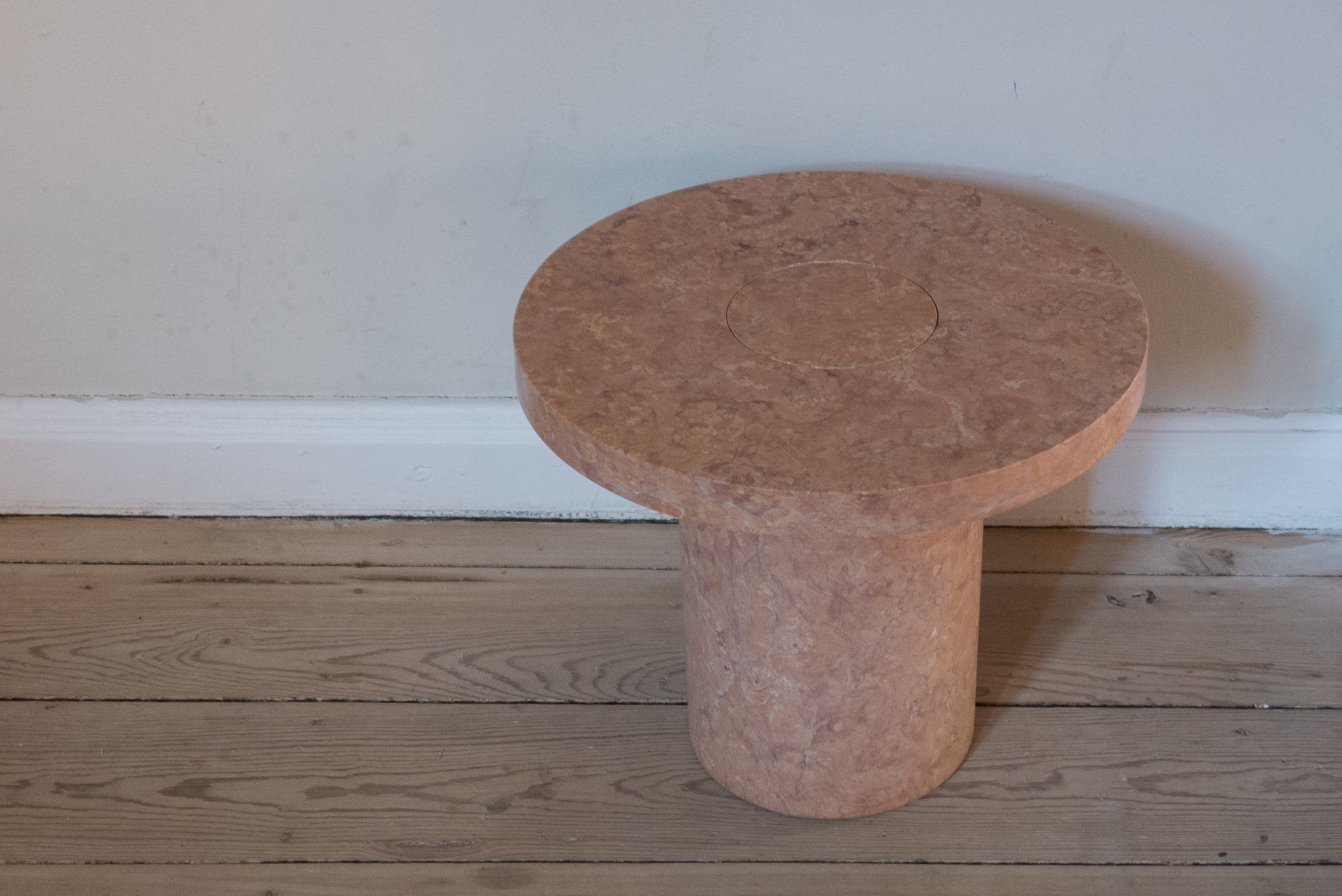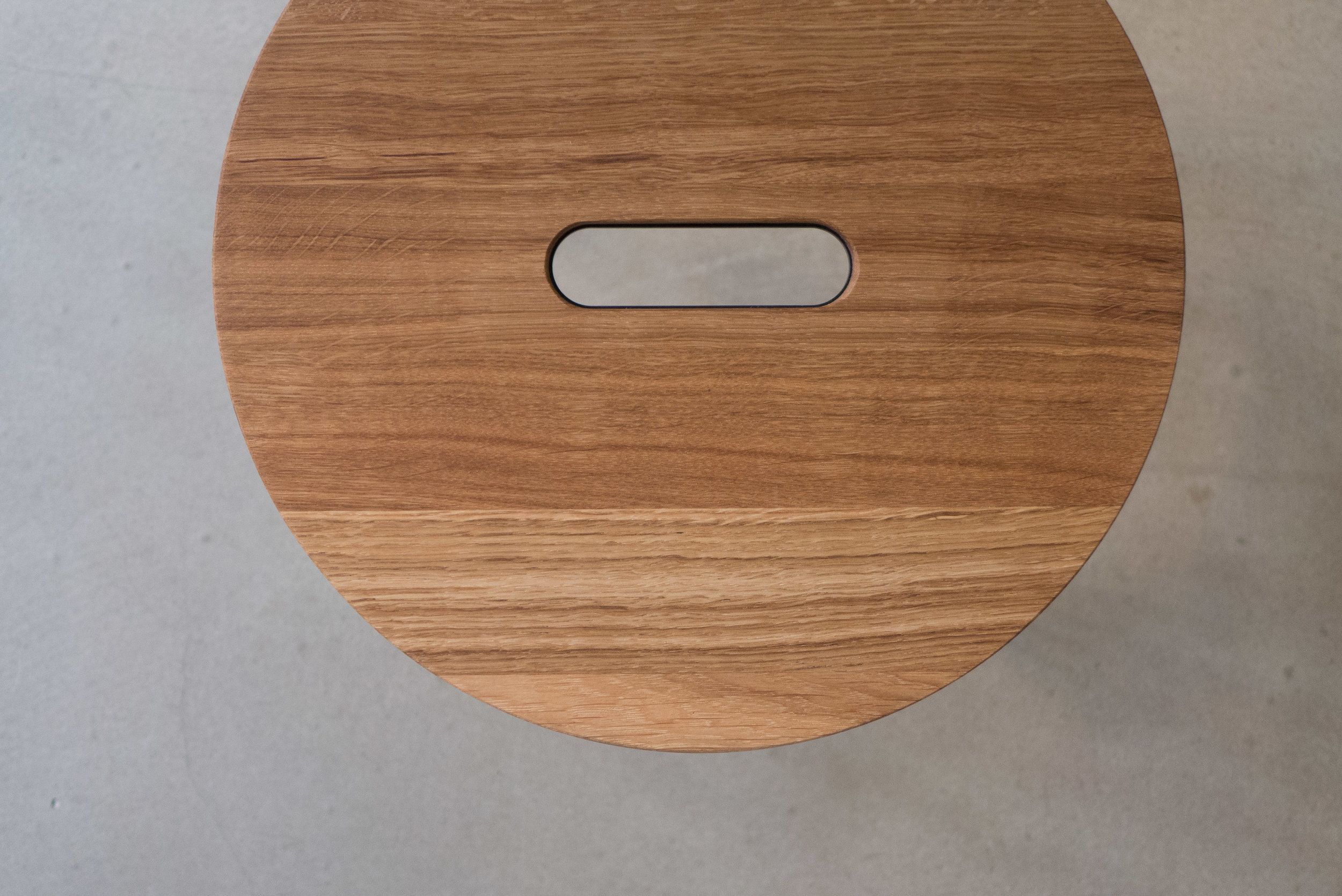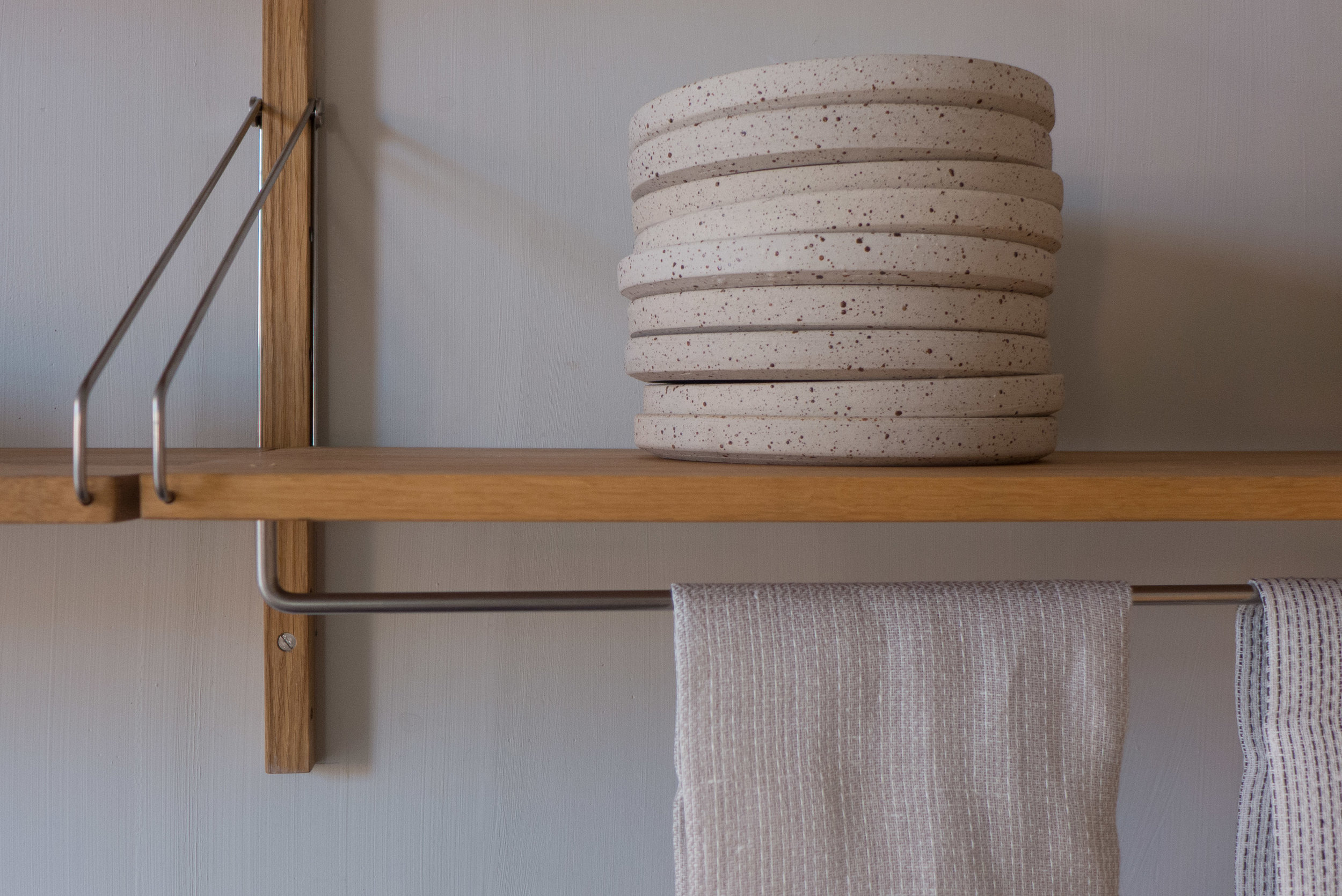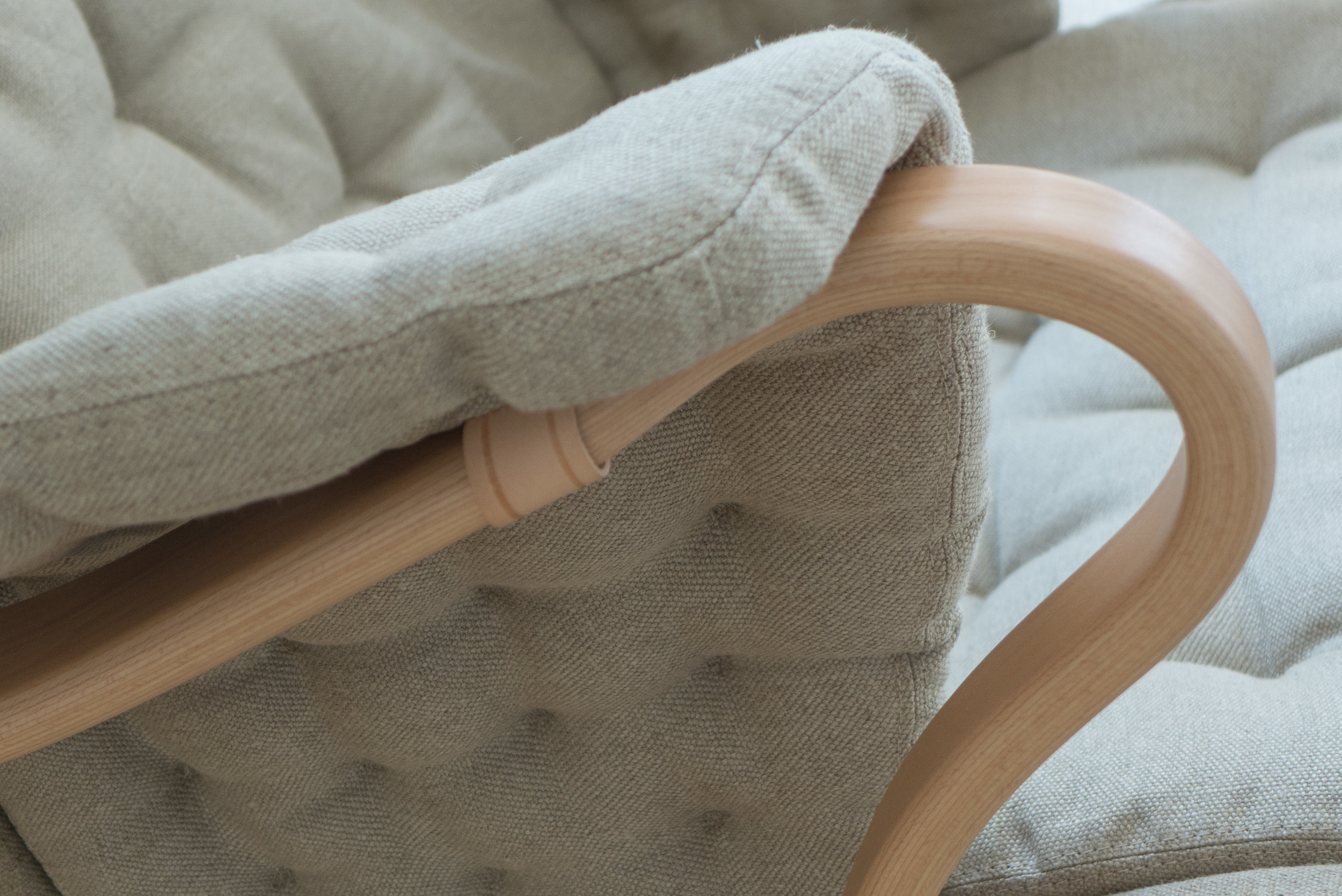This year, 3daysofdesign - a major design event in Copenhagen - has shifted times and days.
In previous years, studios, design stores and venues opened on the Thursday, around lunchtime, with opening parties or launches for new products on the Thursday evening. Friday was a packed day and then Saturday was slower with a relatively relaxed winding down ending mid afternoon.
This year, it seems more focused because events start on Wednesday morning and run through three complete working days .... so Wednesday 15th June, Thursday the 16th and through to Friday 17 June.
In the past, 3daysofdesign was part serious design event - an open house for visiting buyers and professionals - and part a local celebration for people in the city, who work in the design industry, to show off proudly what they have done recently or reveal what is in the pipe line but it was also a chance to see friends and colleagues. People could meet and socialise and I hope that survives.
The official web site for 3daysofdesign is fantastic and it’s absolutely essential if you want to see as much as possible.
This is a design event for and by designers so it should not be surprising that a lot of effort and thought has gone into the web page and the app but they have deceptively simple graphics for what is a very sophisticated guide that has good photographs and a lot of information .... not just addresses and times, but good pen portraits so anyone can track down new companies or just refresh their memory on the hardy perennials. There are also short Journal entries with some interesting interviews.
On the site, Programme is where you start if you want to organise your time around openings or talks or even - just possibly - to find when and where wine and food will be available.
A section headed Search the Exhibitions is the what-is-where section and, even if you think you know which company is where, remember that companies do splash out on some adventurous one-off venues and smaller companies - particularly if they do not have a base here in the city - will open a pop-up shop or will camp out in a design hotel or an embassy.
This year there are 214 sites ... so you can see that - to have any hope of getting around what you want to see - you have to plan your route or your route march with some care .... even if it is only to be in the right place for the right food or the right booze. Your excuse, in that case, is that good design and good food are close cousins that bring out the best in each other.
The entry in Exhibitions will open up a pen portrait of the designer or the design company along with photographs and links to company sites and Instagram pages and so on .... a great way to get the right background information before trying to chat to a designer or the CEO.
There is a useful section on the site where you can Explore the Districts.
Copenhagen may seem compact - if you compare the city with New York or London or Milan - but remember tourists have suddenly been let loose here so, at the very least, plan your route so you only cut across Strøget and not walk along it.



